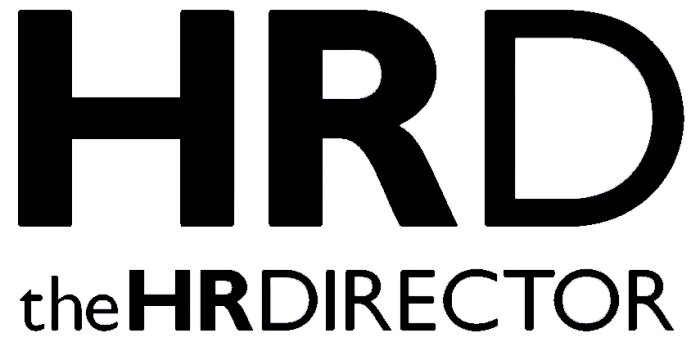Productivity isn’t just about tools or targets—it’s about people. And people thrive when they’re engaged. The UK is facing a deepening productivity crisis. According to analysis from the Resolution Foundation[i] productivity dropped by 0.5% between 2019 and 2024, marking the worst five-year performance since the 1970s, excluding the financial crisis. This stark contrast to the Office for National Statistics’ more optimistic estimate of a 1.8% rise suggests that UK workers may be even less productive than official figures imply.
This is a major concern for organisations, and a clear call to action for HR teams. In today’s performance-driven workplace it’s rare to find an organisation that isn’t rethinking its operating model, processes, structures, and tools to drive greater productivity. In fact, a survey from Barclays found that most business leaders named driving increased productivity as a key priority in 2025[ii]. It makes sense – businesses are working in uncertain, challenging times[iii] with scare resources, and need every drop of advantage they can create.
Too often the conversation about productivity is reduced to flowcharts, metrics, dashboards, and deadlines. People, and HR, are often the last consideration a key part of the ‘implementation’, not a key consideration in developing strategy. But its people that make performance.
Beneath the surface of every high-performing organisation and team is something essentially human: engagement.
There’s a lot of debate about how to define and measure engagement[iv] but it is something most people can feel and see in others. It’s there in the energy, commitment, and focus that people bring to their work—not because they have to, or are being constrained to, but because they choose to.
Engagement Turns Potential into Performance
Engagement is the emotional and psychological connection people feel to their work, their team, and their organisation. Leaders, including HR leaders talk about how important it is all the time and many of them invest in engagement surveys to measure it – but how many of them build strategies deliberately to maximise it? Too often it’s the reverse. Here is the strategy on how to build an implementation plan to engage everyone with it.
Performance =Resource × Motivation
Organisations are often resource constrained, and that includes access to skills and talent. An Open University YouGov poll last year showed the biggest barriers hindering productivity are lack of budgets, lack of relevant technical skills and outdated systems of technology[v]. Over time businesses can invest in building and recruiting talent but can’t buy or dictate motivation. What they can do is shape a culture where motivation thrives—where people are energised and empowered to apply their skills fully and sustainably.
Individual performances, unless the business is a one-man band, are not enough to create great productivity. Productivity in a team or an organisation comes from taking all that performance energy and combining and directing it to deliver the maximum impact.
Engagement: The Bridge Between Motivation and Performance
According to Gallup, highly engaged teams show:
- 23% higher profitability
- 18% higher productivity
- 81% lower absenteeism
- 43% lower turnover
The good news (or the bad depending on the business) is that there’s a self-reinforcing loop. Successful teams are motivating places to work. And that makes them successful. They attract more talent, are given more resources and have more success – so is engagement a product of success rather than its cause? Well, no, because even hugely successful teams can become dis-engaged especially in a changing environment. Engagement can be created so that it turns performance around without changing all the people. So, what drives and sustains engagement?
The 4Cs of Engagement
To build engagement that lasts, organisations need to focus on four key drivers—
- Clarity – At its simplest clarity is ensuring people know what’s expected of them, why it matters, and how success is defined. It’s not enough to ‘cascade’ strategy and give out targets and KPIs. Real clarity helps employees to see why they are here, how they fit in, and what they are creating together. Many leaders over-estimate the clarity that their teams have about purpose, how strategy delivers on purpose and how the day-to-day priorities of their work contribute.
- Conversation– Conversation is at the heart of building and sustaining engagement. Without conversation there won’t be real clarity – the over-estimation mentioned above is happening because Leaders are ‘telling’ not conversing, and conversation fosters commitment when it creates meaningful dialogue that gives space for individuals to explore what it is that truly drives them. It’s those coaching-style conversations that build trust, encourage feedback, and enable growth.
- Commitment – Commitment relies on clarity and coaching conversation. It can only be sustained when individuals find meaning in their work, feel aligned with the organisation’s values and supported in their personal goals. Everyone is driven by different values, beliefs and life-purposes and needs to find enough of what is important to them in their work to sustain energy and commitment.
- Culture – Culture is clarity in action. The old saying ‘culture eats strategy for breakfast’ is still true. Culture isn’t something that is created by writing it down, it’s what is co-created through priorities, behaviour and what or who is celebrated. The behaviour of leaders and managers is key because it is how people to understand what is important. What leaders do on a day-to-day basis drive what will become, and if that isn’t what is intended then there is going to be a mismatch that will in turn undermine clarity and commitment.
HR: The Hidden Engine Behind Engagement
Here’s the twist: when strategies and transformations to increase productivity are created engagement is often seen as an implementation issue, rather than as a key strategic driver of productivity. And HR is rarely seen as key players in shaping productivity strategy. And yet HR holds keys to enabling all four Cs.
- Clarity: HR designs roles and responsibilities with purpose.
- Conversation: HR builds coaching capabilities across the organization.
- Commitment: HR aligns assessment, recognition, and development with values and purpose.
- Culture: HR shapes systems, rituals, and rewards that reinforce the desired culture.
HR is uniquely positioned to drive performance through engagement. But only if it’s empowered to act not just as a support function – but as a co-creator of strategy.
[i] https://www.telegraph.co.uk/business/2025/04/08/uk-suffers-unprecedented-fall-in-productivity-as-gap/
[ii] https://home.barclays/insights/2025/06/uk-business-productivity-ai/#:~:text=Productivity%20is%20a%20key%20focus,productivity%20as%20a%20key%20priority.
[iii] https://commonslibrary.parliament.uk/economic-update-uncertain-times-for-business/
[iv] CIPD: Employee Engagement, Definitions measures and outcomes
[v] https://www.hrdconnect.com/2024/11/15/lack-of-budget-and-technical-skills-holding-uk-businesses-back-from-improved-productivity/







